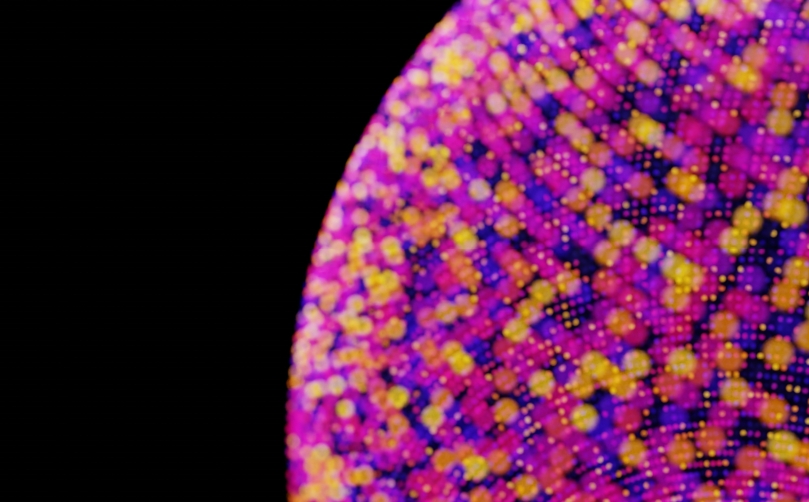Small but useful: Nanowires grown under vacuum have huge potential
31 Jul.,2025
The vacuum environment ensures the high quality and consistency of the nanowires, giving them broad application prospects in fields such as catalysis and biomedicine, and becoming an important foundation for future scientific and technological innovation.
More efficient solar panels, faster computers, more accurate medical diagnostic equipment - semiconductor nanowires can help make it all possible. Materials scientists use ultra-high vacuum to grow nanowires.

Nanowires are similar only in form and name to a practical material that humans have used since the middle of the Bronze Age: wires made of iron, copper or steel.In addition to metals, nanowires can also be made of semi-metals or pure carbon. During the manufacturing process, they are synthesized rather than stretched from solid raw materials.The key difference is size: Nanowires are only a few micrometers long at most, with diameters between 5 and 100 nanometers. A human hair is 50,000 nanometers thick, which makes it look like a thick ship's cable.
High-performance, multifunctional components:
This long structure was discovered in the early 1990s. Researchers and material scientists soon realized the potential of materials of this length. For example, these tiny segments are considered particularly useful in the development of miniaturization of electronics, taking them from the microscopic level to the nanoscale.
The tiny dimensions of the nanoworld obey very specific laws of physics. Because electrons move faster, electrical current is easier to control in nanowires than in conventional materials - an important factor in making innovative microchips, or nanochips.In the future, nanowires could be used to create powerful computers or high-precision sensors for medical diagnostic equipment.
Photovoltaics is a promising application area. Conventional solar cells absorb and convert about 60 percent of sunlight. Nanowires packed side by side can absorb and convert 90 percent of sunlight. These tiny structures can also concentrate and emit light. If mounted on a chip, they can be used as small semiconductor lasers.
Vacuum creates a pure growing environment:
Nanowires need to be produced from ultra-pure materials without any contamination in order to demonstrate their unique properties. Therefore, they must be manufactured under ultra-high vacuum. Busch has many applications in this area.
First, various atoms or small molecules are launched onto a silicon carrier substrate. Subsequently, semiconductor crystals will self-organize and grow upwards to form the desired wire-like structure. This process can even be used to create multi-layered, tailor-made semiconductor nanowires for specific applications. The individual layers can handle different tasks and expand the technological possibilities.
